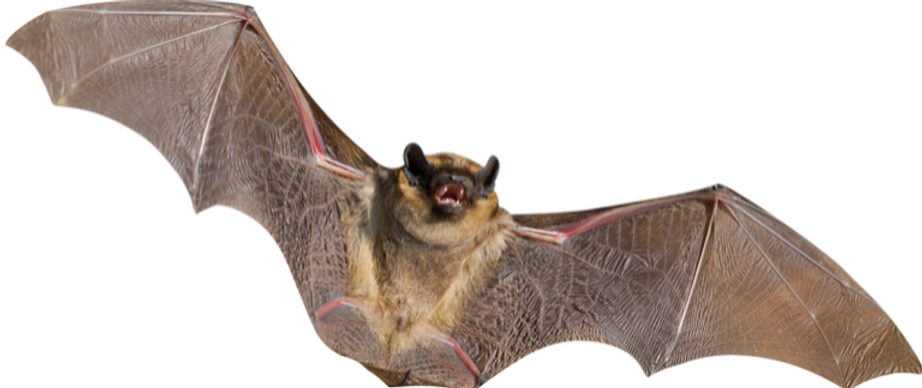COYOTE AND FOX REMOVAL
REMOVAL OF FOX AND COYOTES
During our travels down that long winding road, many of us have only caught a mere glimpse of a coyote or fox; however, when we find them in our yard, we may ask ourselves, “is this wild animal a fox? Or is it a coyote?’
Fox adapts well to our built-up environments as coyotes tend to stay away in forest areas. However, although they have similarities, they do have distinct differences, which we will outline below.
Do you think a fox is living under your deck or shed? Are they preying on your chickens? Are they digging up your garden? Do you know your pets may be at risk? If you have answered yes to any of these questions, it is time to consult with a professional wildlife removal company.
Below are a few guidelines that must be followed when getting rid of coyotes or foxes on properties.
- The point of access must be identified accurately.
- Professional coyote and fox removal is crucial.
- Feces and waste left behind must be cleaned up professionally to avoid the risk of disease.
- Repair any damages that are necessary to avoid future problems.
- Installation of exclusion materials must be done right to prevent a recurrence.
Schedule an
Inspection
In need of solving a wildlife problem at your home or business? We are available 24/7 to help you solve this problem.
HOW TO IDENTIFY A COYOTE VS. A FOX
While there are some similarities between the coyote and fox, there are also absolute differences between them. The coyote is much bigger and heavier. A fox is typically the size of a large house cat, whereas the size of a coyote resembles more of a mid-sized dog.
COYOTE
It is believed that the coyote interbred with the eastern Canadian wolf as it spread into the US in the past century.
How to identify a coyote.
- Coyotes color can vary greatly but is typically gray to cinnamon gray
- They have a heavy build
- Long legs
- Their tail is relatively short, with a dark-tipped tail that hangs down as it runs.
- Adult coyotes are more than double the size of a fox.
RED FOX
There are three types of a fox. The main ones that are found in the United States are the red fox and the gray fox.
How to identify a red fox.
- Typically they have rusty red backs and sides. This color can vary as the young are more of a tan color.
- Black ears.
- Black lower legs.
- The tail is long, often as long as their body, with a white tip on the end.
GRAY FOX
The gray fox is rarely encountered since they prefer to stay within the forest territories.
How to identify a gray fox.
- They are primarily gray and grizzly though they can have a reddish color on the head and legs)
- As the red fox has black lower legs, the gray fox has no black.
- A black stripe that runs the length of the tail, and a black tail tip
DO YOU NEED HELP WITH COYOTE OR FOX REMOVAL?
If you are dealing with coyotes or foxes on your property, let our wildlife control experts at Precision Predator Removal & Wildlife safely remove them. We will also repair and install exclusion materials to prevent future coyote and fox invasions.
To learn more about our coyote and fox removal services, or other wildlife animal removal and control, or to schedule an appointment, give us a call, email us, or fill out our secure online form. One of our wildlife and pest control experts will be happy to get back to you quickly.

Coyote and Fox Removal and Control in Anderson County, Greenwood County, Greenville County including Anderson, Seneca, Clemson, Simpsonville, Honea Path, Greenville, Easley, Taylors, Clinton, Greer, Laurens, Greenwood, Berea, Mauldin and all throughout Upstate South Carolina







